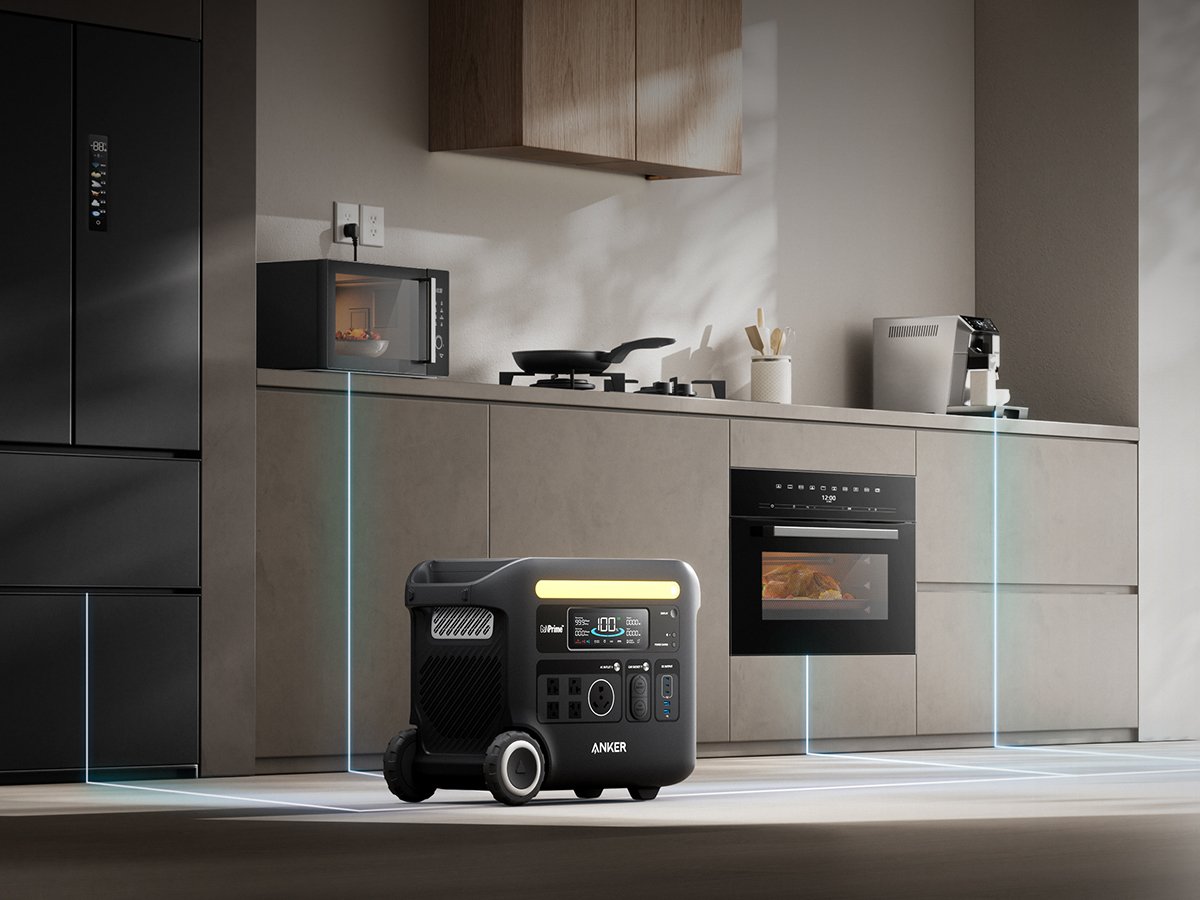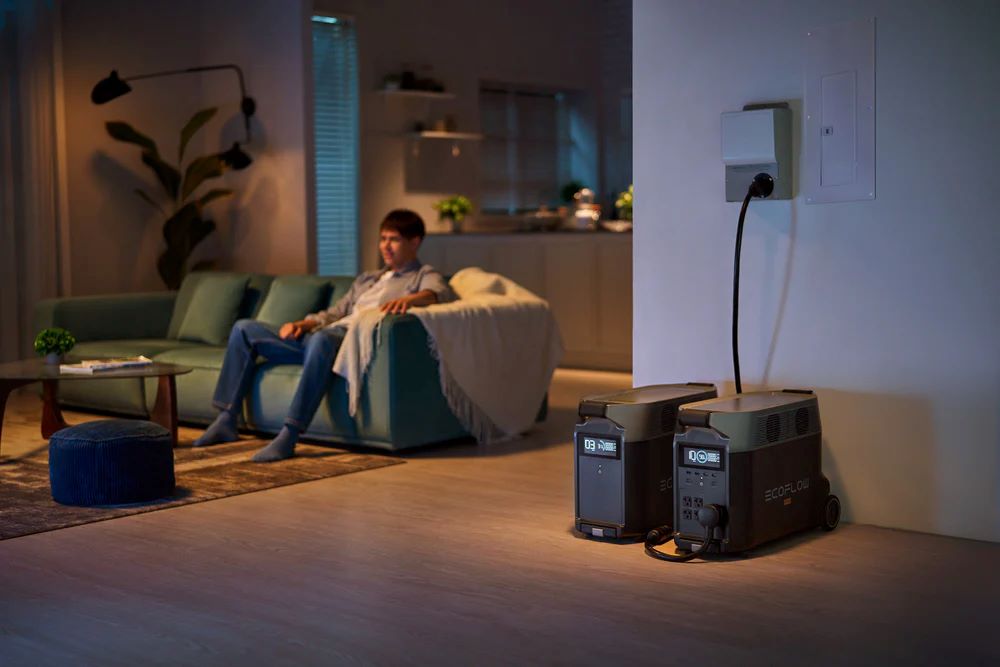
As the cost of energy increases, understanding where our energy goes within our homes becomes crucial for cutting costs. Often, we may not realize the significant impact our daily activities and appliances have on our electricity consumption. In this blog post, we explore each room of the house to uncover what consumes the most electricity, along with practical tips to save both energy and money.
What Rooms and Appliances Use the Most Energy?
Kitchen:
- Refrigerator: On average, refrigerators consume about 13% of a household's electricity. Opt for an Energy Star-certified model, keep coils clean, and maintain proper temperature settings (between 37-40°F for the fridge and 0-5°F for the freezer) to enhance efficiency.
- Cooking Appliances: Electric stoves, ovens, and microwaves collectively contribute to around 9% of electricity usage. Use smaller appliances like toaster ovens or induction cooktops for smaller meals, and cook with lids on pots to retain heat.
- Dishwasher: Accounting for about 2% of household electricity, dishwashers can be optimized by running full loads, using the energy-saving cycle, and air drying dishes instead of using the heat-dry option.
Tips to Save: Unplug small kitchen appliances when not in use, thaw frozen foods in the fridge to reduce cooking time, and consider using a slow cooker or pressure cooker for energy-efficient meal preparation.
Bedroom:
- Lighting: Lighting accounts for about 10% of household electricity. Switch to LED bulbs, use task lighting where needed, and turn off lights when leaving a room.
- Electronics: From chargers to alarm clocks, electronics can make up around 5% of electricity usage. Unplug chargers when devices are fully charged and use power strips to easily turn off multiple devices at once.
Tips to Save: Use motion-sensing or timer-based light switches, invest in energy-efficient electronics with low standby power, and encourage family members to power down devices before bedtime.
Living Room:
- Television: The average TV consumes about 4% of household electricity. Choose an Energy Star-rated TV, turn off power strips when not in use, and adjust brightness and contrast settings to reduce energy consumption.
- Gaming Consoles: Gaming consoles can contribute up to 1-2% of household electricity. Enable power-saving modes and consider using smart power strips to completely cut power when not in use.
- Entertainment Systems: Including sound systems and streaming devices, these can collectively use around 3% of electricity. Use energy-efficient models and turn off devices when not in use to avoid vampire power consumption.
Tips to Save: Opt for LED or LCD TVs over plasma, use natural light during the day, and encourage family members to engage in energy-efficient entertainment options like board games or outdoor activities.
Bathroom:
- Water Heater: The water heater can consume about 14-18% of household electricity. Lower the thermostat to 120°F, insulate hot water pipes, and consider installing a tankless water heater for on-demand hot water.
- Lighting and Ventilation: Lighting and exhaust fans typically contribute around 4-5% of household electricity. Use energy-efficient bulbs and ensure that bathroom exhaust fans are turned off when not needed.
Tips to Save: Take shorter showers, fix leaky faucets promptly, and install low-flow showerheads and faucet aerators to reduce hot water usage.
Laundry Room:
- Washer and Dryer: Washers and dryers account for about 13% of household electricity. Wash clothes in cold water, air dry clothes when possible, and clean dryer lint traps regularly for optimal efficiency.
Tips to Save: Use the appropriate load size settings, choose high-speed or extended spin cycles on the washer to reduce drying time, and consider line drying clothes outdoors.
Overall Tips:
- Energy-Efficient Appliances: When replacing appliances, choose Energy Star-rated models, which can significantly reduce energy consumption compared to older, inefficient appliances.
- Invest in Solar Power: Consider investing in solar panels to generate renewable energy and reduce reliance on the grid. The U.S. federal government offers the Federal Solar Tax Credit and states often offer incentives and rebates for solar installations, making it a financially viable option in the long run.
Portable power stations and solar generators are a great way to offset energy costs and can help you prepare for unexpected power outages. Some solar generators and power stations, like the Anker SOLIX F3800 and the EcoFlow Delta Pro Ultra, have enough capacity and output to power your home's appliances. Integrating solar into your home's electrical system via a smart home panel or transfer switch is a great way to save money during peak energy hours.
Understanding the energy dynamics within our homes empowers us to make conscious choices about energy usage and explore renewable energy alternatives like solar power. By optimizing energy efficiency and harnessing the potential of solar energy, we can take significant strides towards a more sustainable lifestyle.








